The ABC’s of Children’s Dental Health
During the month of February, the American Dental Association (ADA) celebrates National Children’s Dental Health Month. It was celebrated for the first time on February 8, 1949. After a couple of years, the one-day event was extended to a week long in 1955 and in 1981 to a month. Now, we honor the dental health of children throughout February.
This is an initiative to focus on children’s dental health and reinforces the importance to begin early with proper habits to carry throughout a lifetime. It is also a time to educate, inform, and assist parents with proper technique and care for their children.

ADVOCACY
Cavities or tooth decay is the biggest issue related to dental hygiene in children. If untreated, a cavity can cause pain and infection that can lead to problems with eating, speaking and learning. It is common for children with poor oral health to miss more school and receive lower grades than children who don’t.
The Centers for Disease Control & Prevention report that about 1 of 5 (20%) children aged 5 to 11 years have at least one untreated decayed tooth, 1 out of 7 (13%) of adolescents aged 12 to 19 years have at least one untreated decayed tooth, and children ages 5 to 19 years from low-income families are twice as likely (25%) to have cavities, compared with children from higher-income families households (11%).
Keeping a regular schedule for brushing a flossing children’s teeth can prevent cavities and infections. Using toothpaste with fluoride, after a child turns two, greatly decreases the chance of cavities or using water from a city that has fluoride treatment.
BABIES
Even before that first tooth pops through, there are things parents or guardians can do to promote healthy oral routines in babies. Following a bottle or nursing time, use a soft, clean cloth to wipe and clean the gums. It is especially important to do so before a longer stretch of sleep.
Once a tooth pops through the gum line, it is time to begin brushing. Using a small, gentle toothbrush, twice a day, brush the baby teeth using only water. Shortly after the first tooth can be seen, schedule an appointment with your dentist.
If you have yet to do so, your baby should be seen by your dentist by your child’s first birthday. This is to detect any early issues and begin the routine of dental checks.
CHILDREN
Once your child is over the age of two, dentists recommend switching to a fluoride based toothpaste, using only a pea-sized amount. Teeth should be brushed at least twice a day and your child should be drinking tap water that contains fluoride.
Keep brushing fun! Sing a song while brushing your child’s teeth, or turn it into a game by “finding” lost treasure behind every tooth. Find storybooks related to dental health to help teach and instruct your child, or there may be a short clip of their favorite cartoon character. Use resources and ideas to keep your child interested in brushing instead of a chore (for you and your child).
Continue with regular dental checks by a professional. If your child is under the age of six, you should be watching and assisting with brushing their teeth. As your child grows, allow them to brush their teeth first and follow up by brushing and flossing again yourself.
While brushing is important, maintaining a proper diet is important for your child’s dental health too. Keep health and teeth-friendly snacks in the house. Be sure to limit sugar, especially in hidden items such as fruit juices. In addition, removing the bottle and pacifier early can assist with proper growth and development in baby teeth.ild
MORE INFORMATION
To keep your children interested in dental hygiene, we are excited to share activities with you from the ADA. If you have any questions or concerns regarding your child’s dental health, please contact us at 920.766.9521.
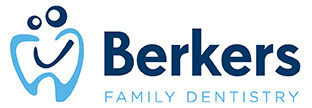
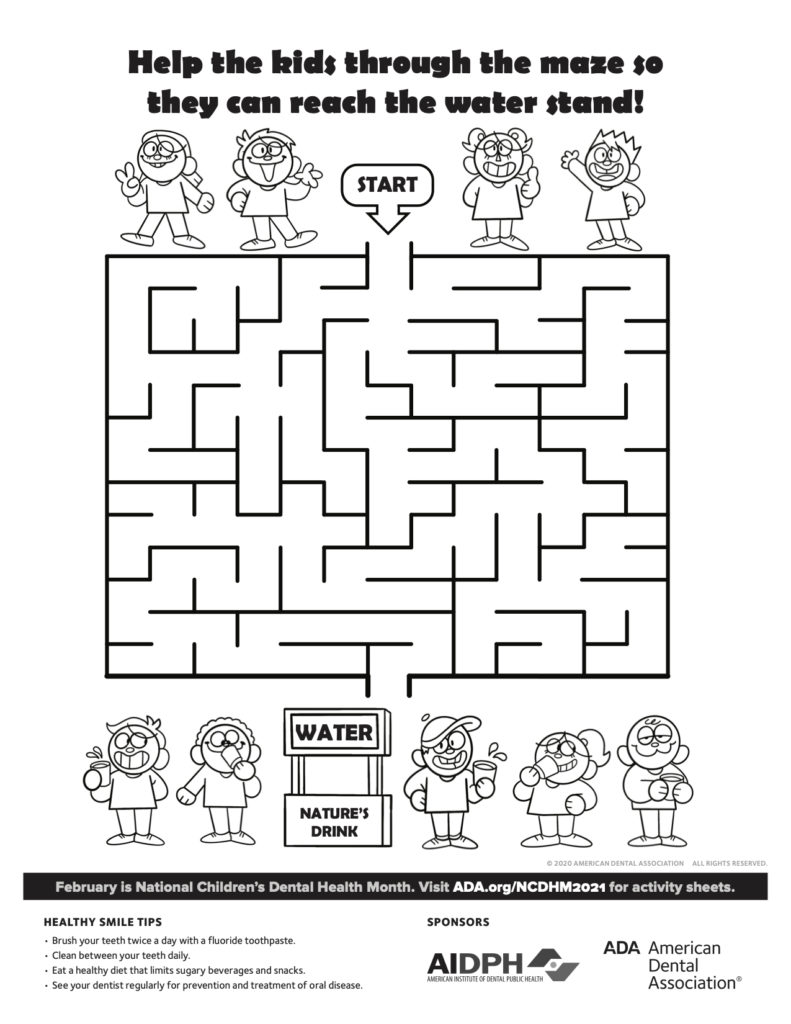
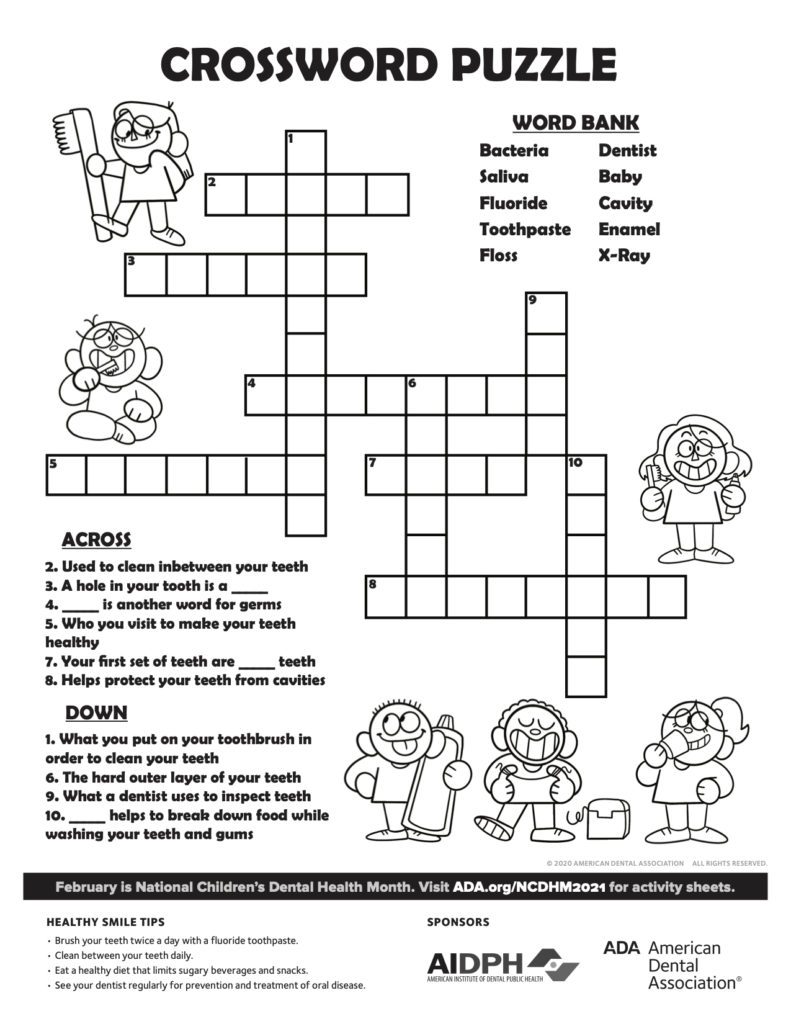


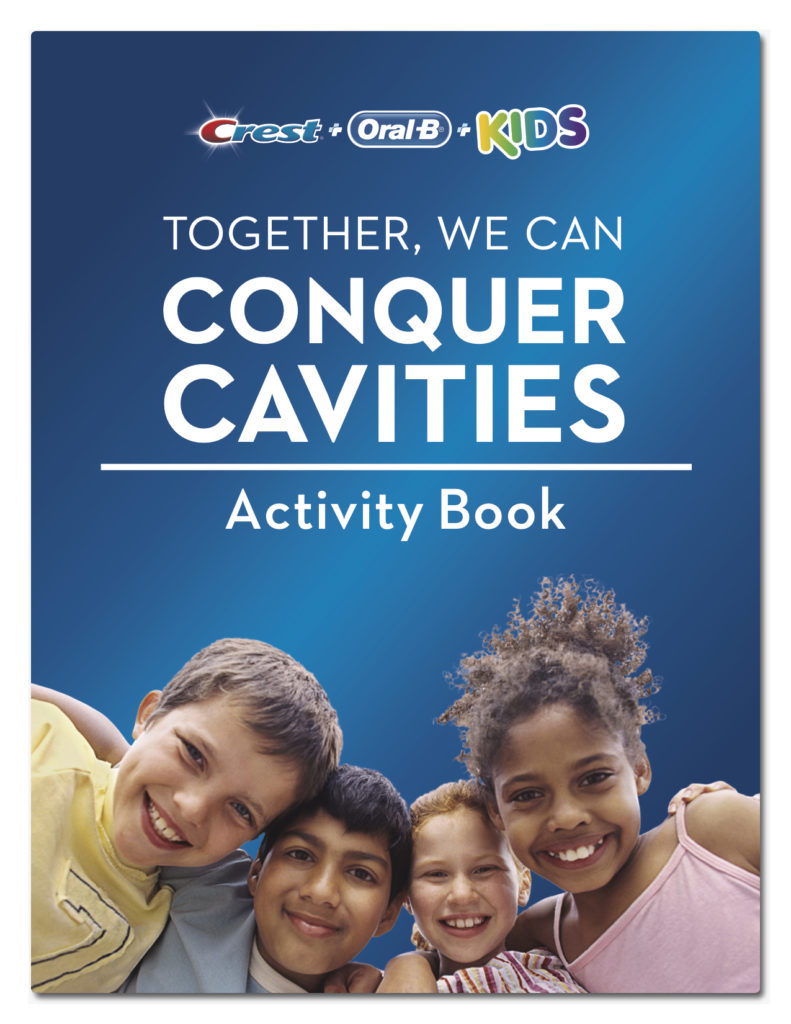

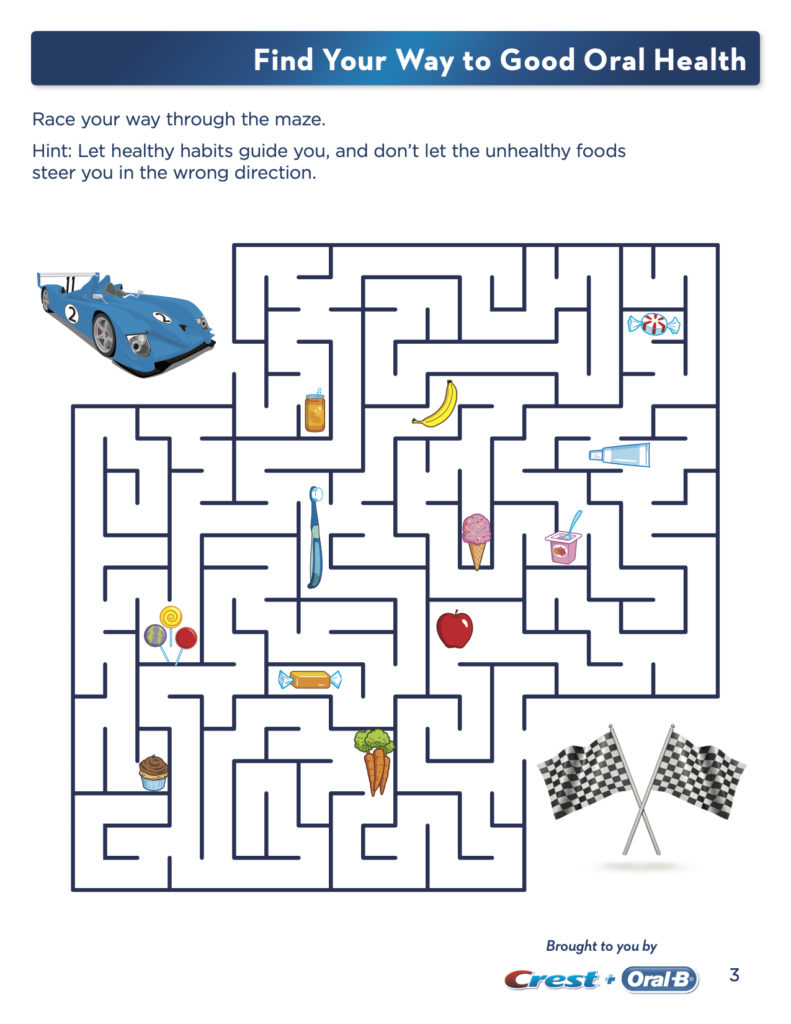

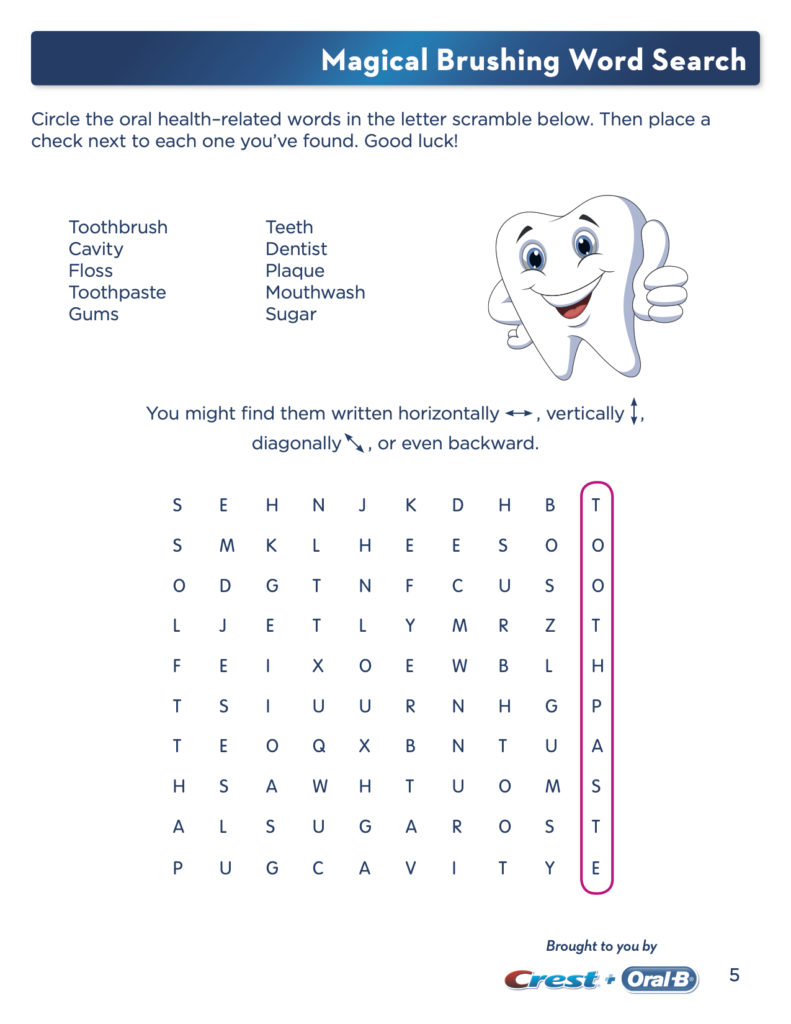




Leave a Reply